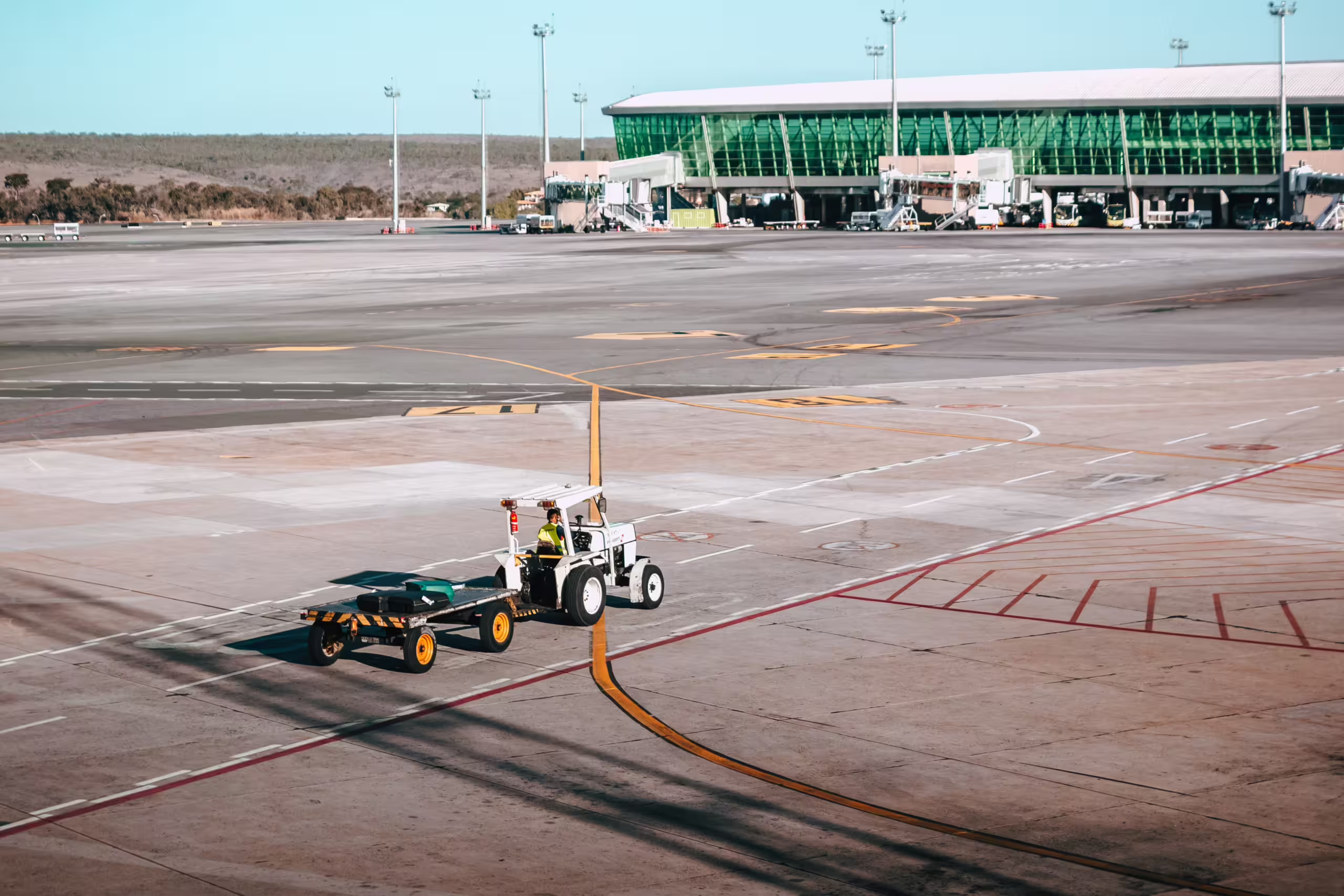Aviation is responsible for a large proportion of global greenhouse gas emissions which triggers regulatory pressure; This in turn has led airports to work on reducing carbon footprints to reduce their environmental and climate impact. Among other things, electric ground service equipment (GSE), energy-efficient terminal structures and carbon offset programs have been developed in airports. Such efforts help to balance the impact of air travel on climate change and environmental pollution.
Electric Ground Vehicles
Electric ground vehicles and service equipment are one of the most effective ways to reduce greenhouse gas emissions at airports. Unlike traditional fuel-powered vehicles, electric alternatives do not leave a carbon footprint. As airports require thousands of vehicles to operate, reducing emissions from their operation has a significant positive impact on the environment.
One of the world’s largest international airports, London Heathrow were among the first to introduce electric buses and other ground support vehicles. This transition has contributed to a reduction in emissions of more than 30% of the total airport emissions. In addition, electric charging stations for electric cars are being installed at Heathrow and other major airports right now. This will further reduce the carbon footprint, as well as balance passenger transportation within airports.

Energy-Efficient Terminal Structures
Airports continue to develop and improve terminal structures. These energy-efficient terminal designs include natural lighting, high-performance glass and dynamic shading. These energy-saving methods do not cause discomfort to passengers during their stay at the airport and contribute to environmental protection. Dallas Fort Worth International Airport has introduced dynamic glass in some of its areas. This has allowed it to reduce the energy that was previously spent on air conditioning, and also improve retail sales near these shaded boarding zones. This approach has shown that the passengers feel more comfortable in the dynamic shading parts of the airport and prefer to spend more time there.
The use of solar energy is also one of the efficient ways to service airports. Cochin International Airport in India is 100% solar-powered. Mass timber and other sustainable materials for airport construction also reduce carbon emissions. An example is Portland International Airport, where the roof is fully made of mass timber.
Carbon Offset Programs
Carbon offset programs include funding for charitable projects to restore natural resources or initiatives to develop renewable energy sources. Therefore even if carbon emissions cannot be completely avoided at the moment, airports mitigate their impact by contributing to environmental recovery. There are global initiatives that impose strict carbon limits on airports. The accreditation scheme is established for airports to strive to reduce emissions and waste to a minimum, introduce more renewable energy sources and make better use of existing energy in operations.
One example of an airport that is striving to be carbon neutral is San Francisco Airport. Responsible investments in possible compensation projects and renewable energy sources maintain nature and help stabilize carbon emissions impact.

Innovative technologies and strategies strongly help to reduce carbon footprints. Since sustainability is a top priority, ongoing technical breakthroughs and legislative backing will propel airports towards a more environmentally friendly destiny.
What do you think are the most effective ways to fight for environmental protection? Share your opinion below in the comments.










I like the efforts you have put in this, regards for all the great content.
Thank you very much for your kind words. I am really glad you enjoyed the article.